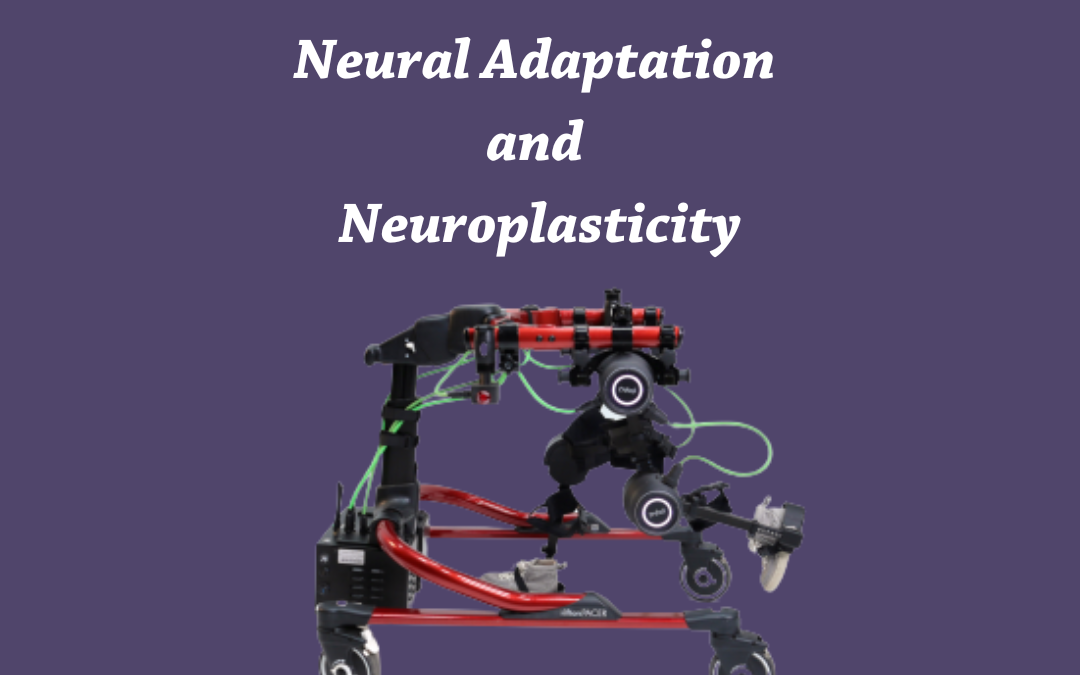What are Neural Adaptation and Neuroplasticity?
Neural adaptation is a process where the brain adjusts its response to repeated/continuous stimulus. Neural adaptation is important for learning and memory. When we learn new skills or information our brains adapt by rewiring neural circuits and strengthening synaptic connections.
It is a key process that drives neuroplasticity, which is the brain’s ability to change and reorganize itself in response to new experiences.
Neuroplasticity is a fundamental process of the brain. It allows for adaptation and learning throughout life.
Neuroplasticity is the underlying mechanism that allows for:
- development of new skills
- recovery from brain injury
- adaptation to changing environments
To better understand neuroplasticity, think of a person who has sustained a brain injury, resulting in impaired use of their left hand. Through neuroplasticity, the brain can rewire neural circuits to compensate for the lost function.
Understanding the mechanisms of neural adaptation and neuroplasticity is essential for developing new treatments and technology for brain disorders, disability, injury and enhancing cognitive abilities.
Nueroplasticity is particularly important for children with disabilities or kiddos that are recovering from injury. These kiddos can develop new neural connections and adapt to their circumstances, enabling them to lead more independent lives.
For example, a kiddo with cerebral palsy (CP), may have difficulty walking. Through targeted therapy and repetitive exercise, the brain can form new neural pathways that allow the kiddo to develop the ability to walk.
Assistive technology can help with neuroplasticity. For example, the Trexo, a robotic gait trainer is designed to help kiddos get upright and moving, in a proper gait pattern. The Trexo allows kiddos to get the repetitive motion to stimulate the brain, without taking such a physical toll on parents or a PT. Without access to a robotic gait trainer, PTs or parents will often manually move their children’s legs, creating a lot of strain on their body.
The Trexo Home has been successful in helping kiddos with disabilities, according to input from their parents. Learn more about Lucas and his journey with the Trexo and neuroplasticity.


Recent Comments